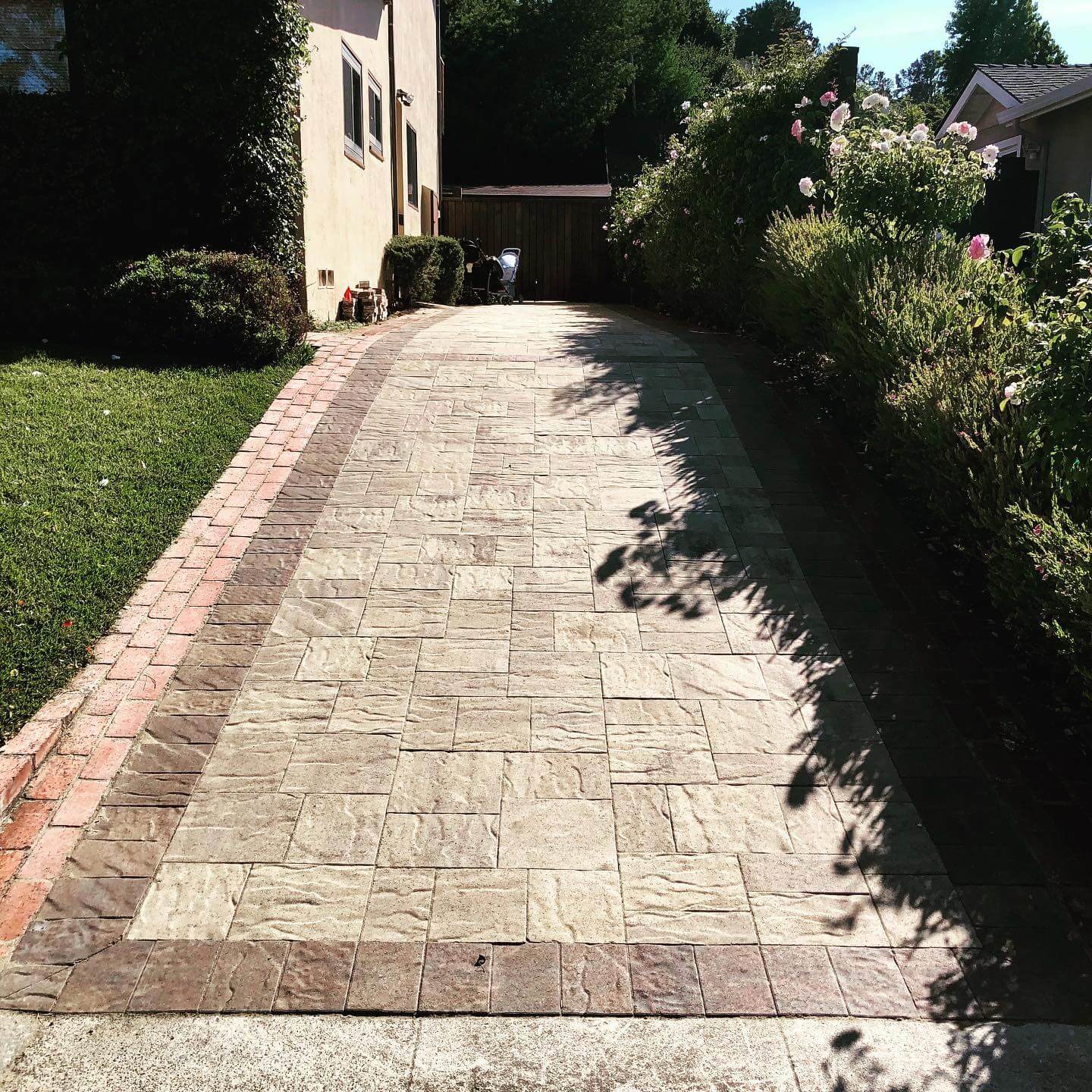
Drought-Tolerant Landscaping: Embrace Water-Conscious Design and Plant Selection
Water scarcity and increasing water bills have driven many homeowners to seek drought-tolerant landscaping solutions that conserve water without sacrificing beauty or functionality. Drought-tolerant landscapes, also known as xeriscapes, are not only environmentally friendly and cost-efficient but can also provide an array of visually stunning design possibilities for your custom outdoor spaces. By embracing water-conscious design principles and selecting drought-resistant plants native to Napa, Sonoma, or Marin County, you can cultivate a resilient and vibrant landscape that thrives in our Mediterranean climate.
In this article, we will dive into the essentials of creating a successful drought-tolerant landscape, discussing water-saving design strategies, plant selection tips, and maintenance best practices. Our aim is to provide you with valuable insights and actionable advice to guide you in your journey toward designing an eco-conscious outdoor oasis. As a premier outdoor remodeling contractor, Keystone Yards is here to assist you in every step of this process, from initial design concepts to expert installation that ensures your landscape performs optimally while conserving precious water resources.
1. Water-Saving Design Strategies: Building a Foundation for Efficiency
The key to a successful drought-tolerant landscape starts with a well-planned design that incorporates water-saving elements and embraces the natural beauty of the surroundings.
- Soil Improvement: Enhancing soil quality with organic amendments helps to retain moisture and promote healthy plant growth. Implementing proper soil grading also aids in water retention and prevents erosion.
- Irrigation: Installing an efficient drip irrigation system, coupled with smart controllers and sensors, ensures that your plants receive the appropriate amount of water without waste. Regularly inspecting and maintaining your system will also prevent leaks and maximize its efficiency.
- Mulching: Applying a layer of organic or inorganic mulch in garden beds significantly reduces water evaporation and suppresses weed growth. Mulching also helps maintain consistent soil temperatures, promoting healthier plants.
2. Selecting the Right Plant Palette: Add Beauty with Drought-Resistant Flora
To create a drought-tolerant landscape that’s both stunning and sustainable, select water-efficient plants native to your region that will readily adapt to your local climate and conditions.
- Native Plants: Choosing plants native to Napa, Sonoma, or Marin County ensures that they can thrive in the area’s typical weather patterns and soil conditions. Native plants also attract local pollinators, promoting a harmonious ecosystem.
- Succulents and Cacti: These popular plants store water in their leaves or stems, making them excellent choices for water-wise landscapes. With diverse colors, textures, and forms, succulents and cacti add visual interest and structural variety to your garden.
- Drought-Tolerant Grass Alternatives: Swap traditional lawns for drought-tolerant groundcovers or grass species, such as buffalo grass or zoysia. These low-maintenance options require less water and mowing, saving both time and resources.
3. Creating Visually Engaging Spaces: Unleash the Potential of Drought-Tolerant Design
Drought-tolerant landscaping doesn’t have to sacrifice aesthetics for sustainability. By combining diverse plant selections, interesting arrangements, and captivating hardscapes, you can create a unique and visually engaging outdoor space.
- Layering and Grouping: Layer different plant heights and textures to add dimension and depth. Group plants with similar water needs to create eye-catching arrangements and ease irrigation management.
- Rock Gardens and Dry Riverbeds: Constructing rock gardens and dry riverbeds adds visual interest and captures the essence of the landscape’s natural beauty. These features require minimal upkeep and conserve water.
- Hardscape Elements: Integrating hardscape elements, such as patios, walkways, and retaining walls, not only reduces water usage but also provides functional and visually appealing outdoor living spaces.
4. Maintaining a Drought-Resistant Landscape: Enhancing Performance and Resilience
Regular maintenance ensures the long-term success of your drought-tolerant landscape and helps it thrive year-round.
- Pruning and Deadheading: Keeping your plants properly pruned and deadheaded promotes healthy growth, maintains their optimal shape, and encourages the growth of new flowers.
- Weed Control: Removing weeds from your garden beds prevents them from competing for water and nutrients, thus ensuring the health and vigor of your desirable plants.
- Periodic Assessment: Routinely inspect and assess your landscape to check for signs of stress, pests, or diseases. Addressing any issues early on will help keep your drought-resistant landscape resilient and vibrant.
Conclusion
Embracing drought-tolerant landscaping is an investment in the future of our planet and a commitment to creating outdoor spaces that not only conserve precious water resources but also celebrate the beauty of nature. By implementing water-saving design strategies, selecting the appropriate plant palette, and ensuring ongoing maintenance, you can create a custom landscape that is both sustainable and visually captivating.
Let the experts at Keystone Yards guide you on your journey toward a water-conscious landscape that harmonizes with the natural surroundings of Napa, Sonoma, or Marin County. With our top-notch outdoor remodeling services, we can design and install an outdoor oasis that’s not only gorgeous and functional but environmentally friendly as well.





